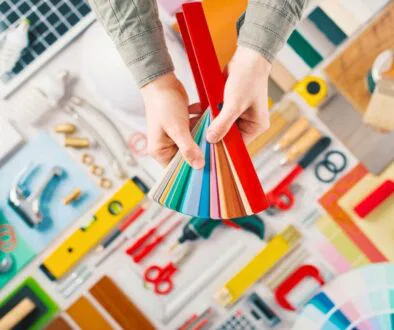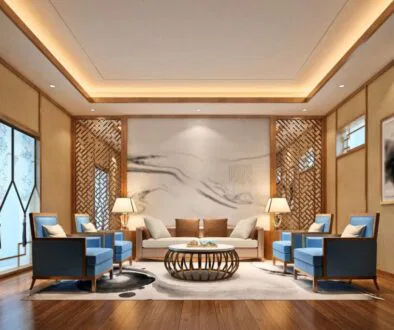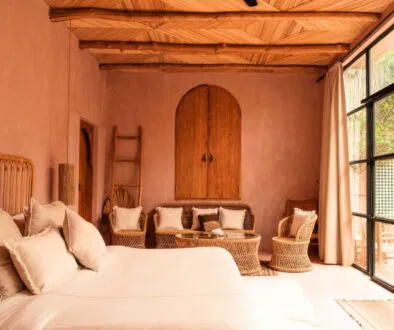What is the Best Wood for Countertops?
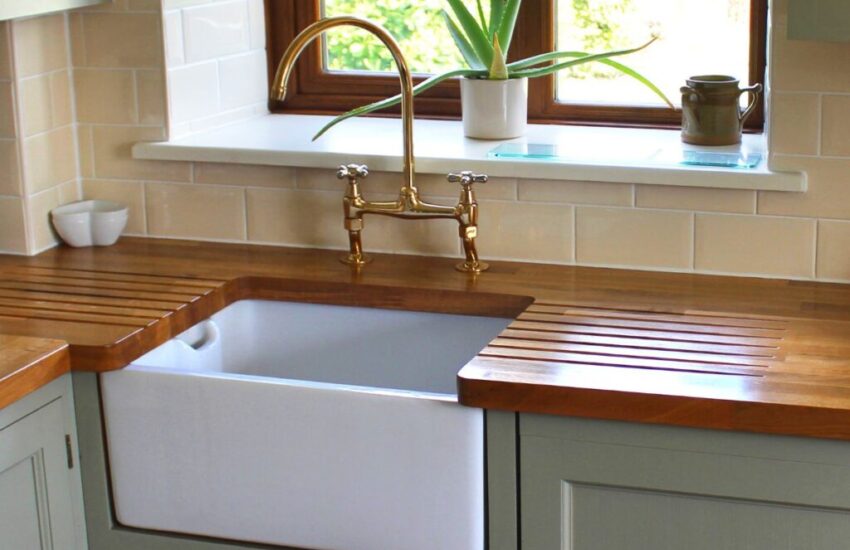
Published on Sept. 22, 2023
Despite all the changes in home design over the years, the demand for wooden countertops remains high. If you plan to build one for your home but don’t know what woods to buy, you’re in the right place on the web.
Here’s a quick guide on how to choose the best wood for countertops.
Why Wood Countertops?
There are many reasons to choose a wood countertop over other building materials.
For one, woods have that classic aura that lends itself to your home. It makes your kitchen look luxurious, classy, and very distinctive.
In addition, most wooden countertops are made from butcher blocks. So they’re very durable and can even double as a chopping board.
They’re also generally cheaper than high-end stone slabs in modern countertops. Some species of wood also have natural antibacterial properties that kill off germs. So, as long as they’re properly cleaned, you won’t have to worry about salmonella and other bacteria taking up residence in your kitchen.
The Best Woods for Countertops
To help you choose the right type of wood for your project, here are some of the best woods for countertops:
1. Rock Maple
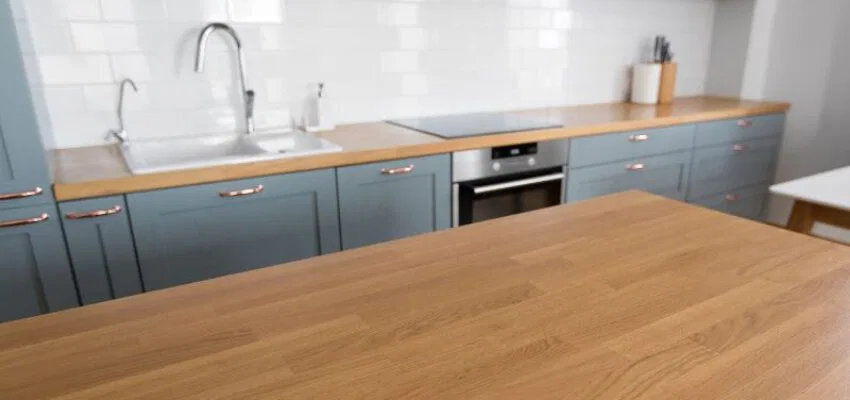
Maple is the most popular wood for kitchen countertops. Aside from its natural hue, this wood is also prized for its hardness and solid nature. It’s also one of the most commonly used woods for butcher blocks for the same reasons.
Its hardness also makes it more resistant to scratching than other wood species. Maplewood grains also tend to vary, creating unique patterns.
2. Acacia
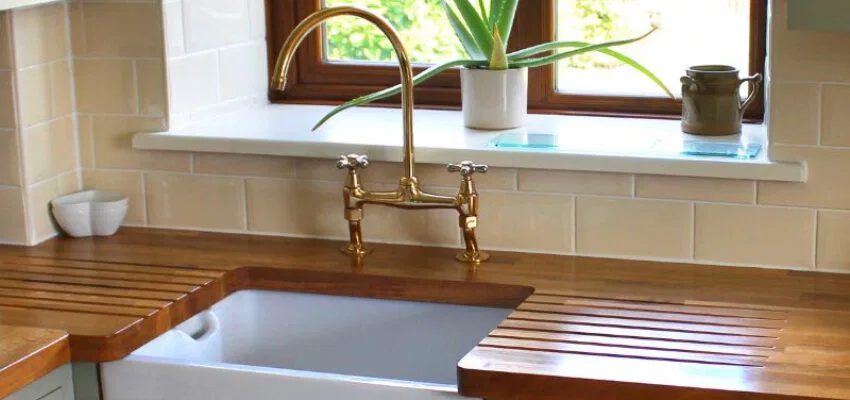
The best thing about using acacia for countertops is that they’re naturally waterproof and resistant to molds and termites. This makes them ideal for damp environments like the kitchen.
Its stunning and distinctive grain patterns will also add a personality to your kitchen. This type of wood is also straightforward to work with, allowing you to create unique and memorable countertop designs.
Using acacia wood also won’t affect the environment that much. Aside from having more than a thousand varieties, these trees also grow quickly, making them a sustainable choice for home furniture.
3. White Oak
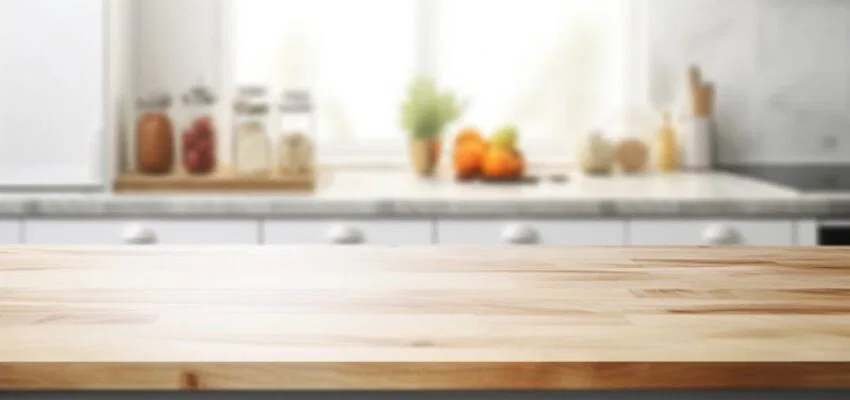
With a Janka score of 1,350, white oak is one of the hardest domestic hardwoods. This makes it a durable choice of material for your kitchen countertop. Plus, it can be refinished repeatedly, so there’s no need to replace it every time it gets scratched or burnt.
Another reason white oak wood for countertops is becoming very popular is its natural light color with a blue/gray undertone. It compliments a wide range of kitchen styles and colors. The oak’s darker heartwood can add depth to your space, creating a warm, welcoming ambiance.
4. Black Walnut
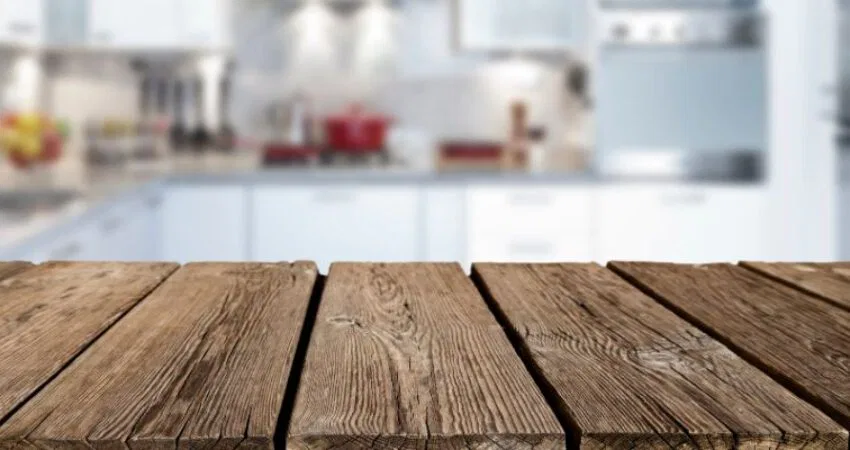
The black walnut makes a luxurious-looking countertop because of its deep, dark color and tight grains. It may look dull initially, but it develops a smooth finish over time, adding to its expensive look.
But besides its aesthetics, walnut is also prized for its strength and durability. It also requires little maintenance compared to other types of wood. Just wipe it with water and a mild soap solution, then rub it with oil periodically to prevent cracks, wear, and tear.
5. Cherry
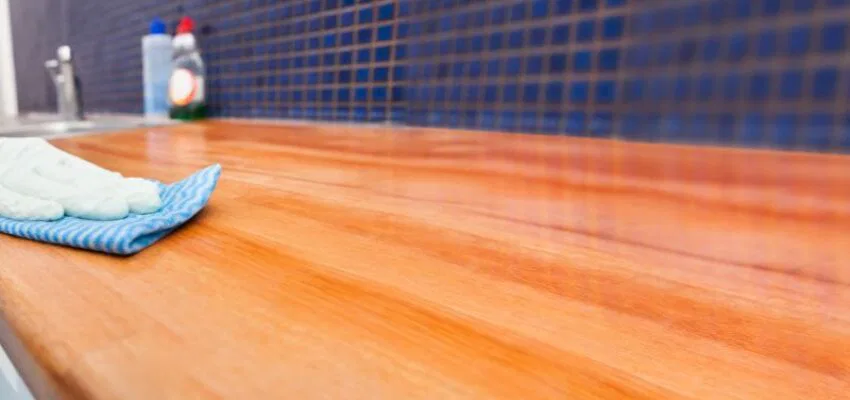
With its fine grains and classic color tones, this North American hardwood is famous for its elegant aesthetics. It’s primarily used for furniture making but also a fine kitchen countertop.
American cherry is also known for its changing colors. Over time, the wood tends to appear darker or redder. This is especially great for kitchens with white cabinetry as it creates a nice contrast, making your kitchen look more exciting.
6. Bamboo
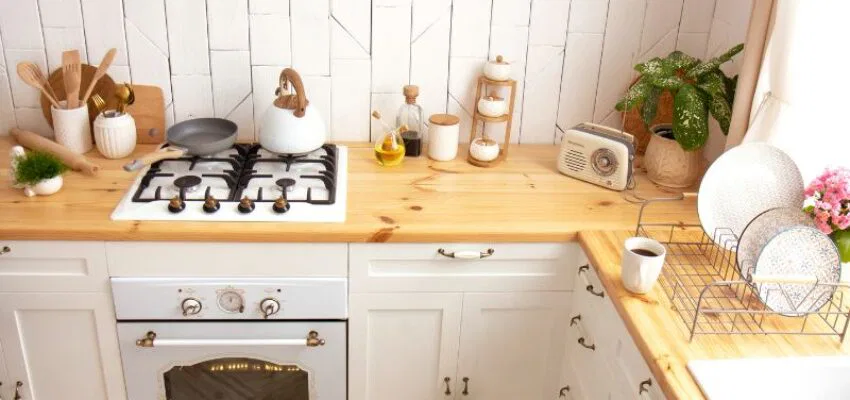
Technically, bamboo is not wood but a type of hardened grass. But with the rise in popularity of engineered bamboo, it has become one of the most in-demand materials for kitchen countertops.
Aside from its relative affordability, bamboo countertops also have that distinct tropical look that’s hard to replicate. It’s also very easy to clean and has natural antibacterial properties. Laminated or engineered bamboo can also last as long or even longer than most types of wood.
Bamboo’s biggest advantage, however, is its sustainability. As grass, bamboo grows a lot faster than trees. It only takes 3 to 4 years for a bamboo pole to be ready for harvesting. In comparison, most trees take 10-20 years to produce logs suitable for mills and furniture making.
7. Wenge
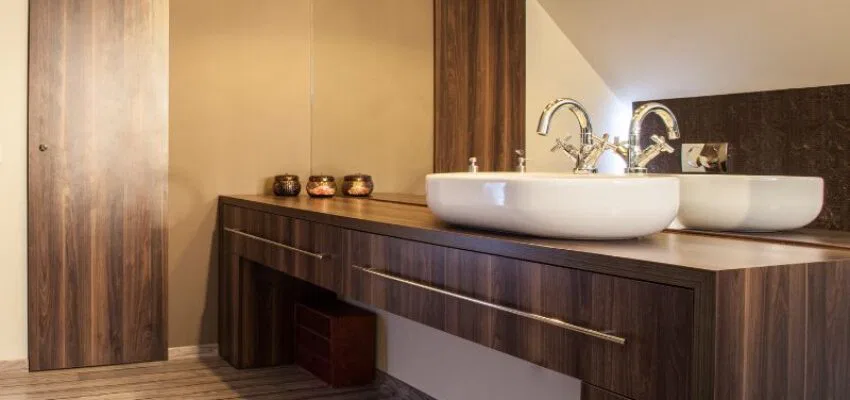
Wenge is the wood for you if you want a distinctive kitchen countertop. It’s known for its very dark, almost chocolatey color that’s made more striking with its straight grains.
With a Janka of 1,930, wenge is also one of the most durable woods on this list. It can also resist termite and insect attacks.
However, a slab of wenge can be costly because of the huge demand for this wood. Working with hand and machine tools can also be very difficult. So unless you’re a woodworking expert, you can’t DIY with this wood.
8. Hickory
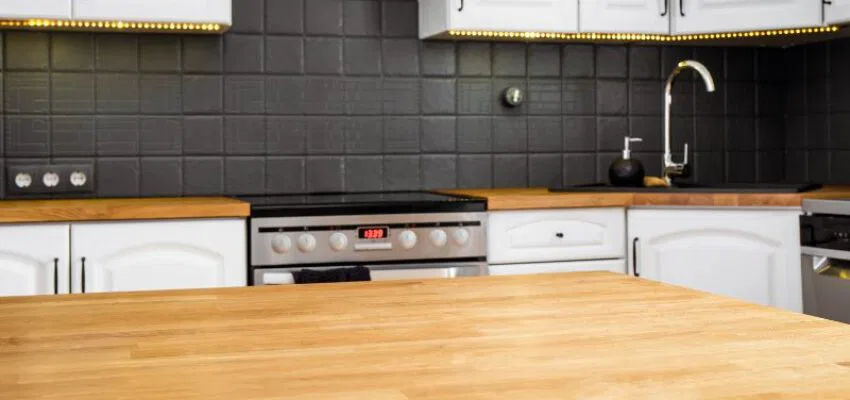
Hickory is one of the densest and strongest of all the hardwood species in North America. It’s a popular wood for flooring, furniture, and cabinetry. But despite its durability, hickory is generally cheaper than most hardwoods since it’s readily available all over the US.
Because of its density, however, hickory can be a pain to work with. It can dull or chip new blades and ruin hand tools. So, like Wenge, you’ll need professional help to turn a slab of hickory lumber into a beautiful brand-new countertop.
9. Tigerwood
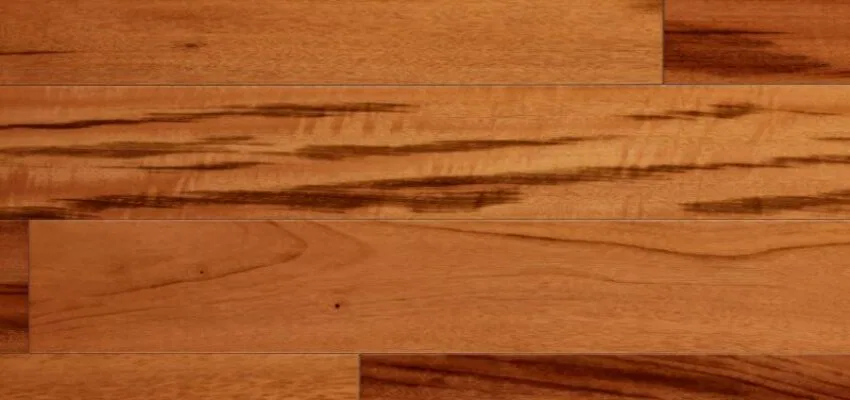
As its name suggests, this wood is characterized by its distinct dark brown streaks resembling a tiger’s stripes. It’s native to South America, also known as Goncalo Alves.
Aside from its dramatic streaks, tigerwood is also known for its hardness and density. With a Janka rating 2,170, it’s denser than Wenge and Hickory. It’s also highly durable and resistant to scratches, rot, decay, and insect attacks.
But tigerwood can also be very difficult to work with, like most dense hardwoods. However, they can be worked with professional hand tools.
Some countries have also started banning the use and export of tigerwood. So you may find it hard to get your hands on this type of wood nowadays.
How to Choose the Best Wood for Countertops
The best wood for your countertop still depends on your priorities. Do you want a durable countertop resistant to scratches or something that will complement your modern-style kitchen? Or maybe you care more about sustainability and prefer woods that aren’t in danger of getting harvested to extinction?
Identifying and listing your needs and priorities can help you choose the most suitable wood for your countertop.
Hire The Timber Experts For Your Next Project
Vintage & Specialty Wood should be your source of the highest quality timbers from around the world. When it comes to fabricating and installing reclaimed wood or specialty wood products in your home, we don’t cut corners. We offer many reclaimed wood and specialty wood products such as Douglas Fir, white oak, and much more. We also offer timber framing and wood flooring services as well. Contact our team today to speak to a timber expert about what Vintage & Specialty Wood can do for you.

This Blog Is Fact Checked
This content has undergone meticulous fact-checking by our team of internal experts. Gain a deeper understanding of the high editorial standards we uphold on our website here.

About The Author
Experience, exploration, and knowledge are the hallmarks of writer Rei Bayucca. Her dedication to crafting articles that both inspire and educate will leave you thinking long after you’ve finished reading.

